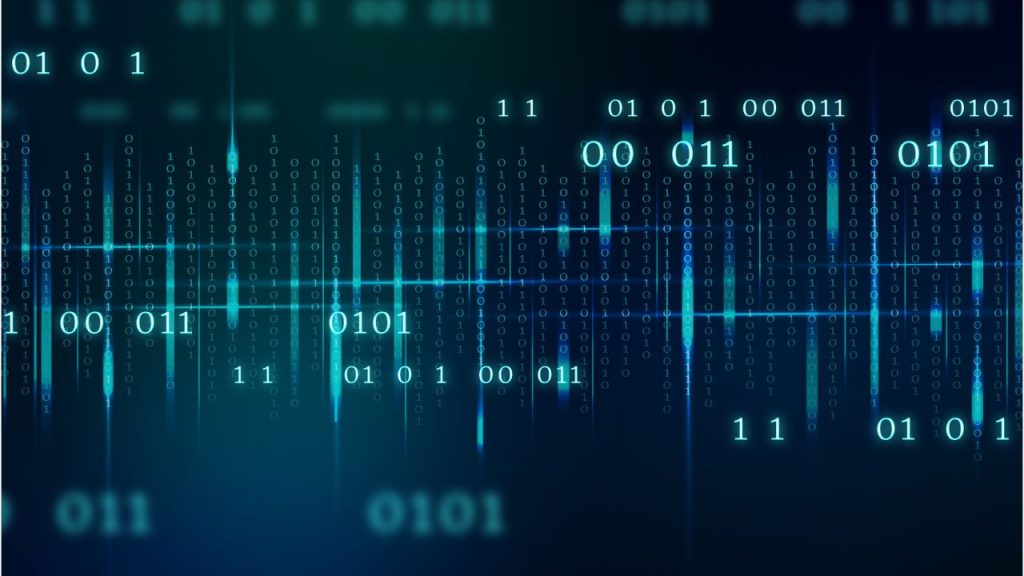A number system is a way to represent numbers using symbols or digits, which allow us to perform calculations and quantify objects or values. Number systems form the foundation of mathematics and computer science, influencing everything from basic arithmetic to complex algorithms. Understanding the various number systems is crucial for navigating both theoretical mathematics and practical computational applications.
Table of Contents
ToggleThis lesson explores the concept of number systems, delves into their different types, and provides examples of each type to illustrate their importance.
What is a Number System?
A number system defines a set of values used to represent quantities. It consists of symbols (called digits) and rules that govern how these symbols are used to represent numbers. A number system’s base or radix refers to the number of unique digits used to represent numbers.
For example, the decimal system (which we commonly use) has a base of 10, meaning it uses 10 digits (0 through 9) to represent any number. Each number system has its own base and set of digits.
Types of Number Systems
There are several types of number systems used in mathematics and computing, each with its own base and unique application. The most common types include:
- Decimal Number System (Base 10)
- Binary Number System (Base 2)
- Octal Number System (Base 8)
- Hexadecimal Number System (Base 16)
- Other Number Systems (Quinary, Duodecimal, etc.)
- Decimal Number System (Base 10)
-
Decimal Number System (Base 10)
The decimal system is the most commonly used number system in our daily lives. It is a positional number system based on 10 digits: 0, 1, 2, 3, 4, 5, 6, 7, 8, and 9. Each position in a number represents a power of 10, making it easy to represent large numbers through a combination of these digits.
Representation:
- Base: 10
- Digits: 0, 1, 2, 3, 4, 5, 6, 7, 8, 9
- Positional Notation: Each digit’s position corresponds to a power of 10.
Example:
The decimal number 6521 can be expanded as:

Applications:
- Everyday counting, financial transactions, measurements, etc.
- Basis for all arithmetic and mathematical operations used in education and science.
-
Binary Number System (Base 2)
The binary system is the foundation of all modern computing systems. It uses only two digits, 0 and 1, making it a base-2 system. Computers operate using this system because digital electronics rely on two states (on and off, represented by 1 and 0).
Representation:
- Base: 2
- Digits: 0, 1
- Positional Notation: Each digit’s position corresponds to a power of 2.
Example:
The binary number 1011 can be expanded as:

Applications:
- Used in digital electronics, computer architecture, and data transmission.
- Forms the basis for machine-level coding and programming.
-
Octal Number System (Base 8)
The octal system is a base-8 number system that uses eight digits: 0 to 7. Octal numbers are often used in computing as a shorthand for binary numbers because every octal digit corresponds to three binary digits.
Representation:
- Base: 8
- Digits: 0, 1, 2, 3, 4, 5, 6, 7
- Positional Notation: Each digit’s position corresponds to a power of 8.
Example:
The octal number 245 can be expanded as:

Applications:
- Historically used in computer systems before the rise of hexadecimal.
- Still used in specific programming contexts and file permissions in UNIX-based systems.
-
Hexadecimal Number System (Base 16)
The hexadecimal system (or hex system) is a base-16 number system. It uses 16 digits: 0-9 and the letters A-F (where A=10, B=11, …, F=15). Like octal, hexadecimal is also a shorthand for binary, where each hex digit represents four binary digits.
Representation:
- Base: 16
- Digits: 0, 1, 2, 3, 4, 5, 6, 7, 8, 9, A, B, C, D, E, F
- Positional Notation: Each digit’s position corresponds to a power of 16.
Example:
The hexadecimal number 3FA can be expanded as:

Applications:
- Widely used in computer science and programming to represent memory addresses, color codes (in web development), and machine-level code.
- Provides a compact representation of binary numbers, especially in low-level computing.
-
Other Number Systems
In addition to the commonly used systems mentioned above, there are other number systems used in various applications, including:
- a) Quinary Number System (Base 5)
- Base: 5
- Digits: 0, 1, 2, 3, 4
- Used in ancient cultures and some abacus systems.
- b) Duodecimal Number System (Base 12)
- Base: 12
- Digits: 0, 1, 2, 3, 4, 5, 6, 7, 8, 9, A, B
- Used in various historical and theoretical contexts, such as time and measurement systems.
- c) Vigesimal Number System (Base 20)
- Base: 20
- Digits: 0-19
- Historically used by the Mayans and in some ancient cultures.
Comparison of Number Systems
| Number System | Base | Digits Used | Example (In Base 10) |
| Decimal | 10 | 0, 1, 2, 3, 4, 5, 6, 7, 8, 9 | 245 |
| Binary | 2 | 0, 1 | 1011 = 11 |
| Octal | 8 | 0, 1, 2, 3, 4, 5, 6, 7 | 245 = 165 |
| Hexadecimal | 16 | 0-9, A-F | 3FA = 1018 |
| Quinary | 5 | 0, 1, 2, 3, 4 | (Ancient) |
| Duodecimal | 12 | 0-9, A, B | (Theoretical) |
Importance of Number Systems
Number systems are fundamental in both mathematics and computing, influencing everything from basic arithmetic to the inner workings of computers. Here’s why they are important:
- Computational Systems: Binary, octal, and hexadecimal systems are essential for computer operations, programming, and data representation.
- Arithmetic: Decimal, the most familiar number system, forms the basis of all arithmetic operations and everyday calculations.
- Programming: Programmers frequently use hexadecimal and binary systems for memory addressing, color coding, and representing machine-level code.
- Mathematical Concepts: Number systems enable a deeper understanding of topics such as algebra, cryptography, and number theory.
Number systems are the building blocks of mathematics, programming, and computational theory. Understanding the properties and applications of different number systems, such as decimal, binary, octal, and hexadecimal, is essential for navigating both academic and real-world challenges. Whether you are performing simple arithmetic or designing complex computer algorithms, a solid grasp of number systems is indispensable.







